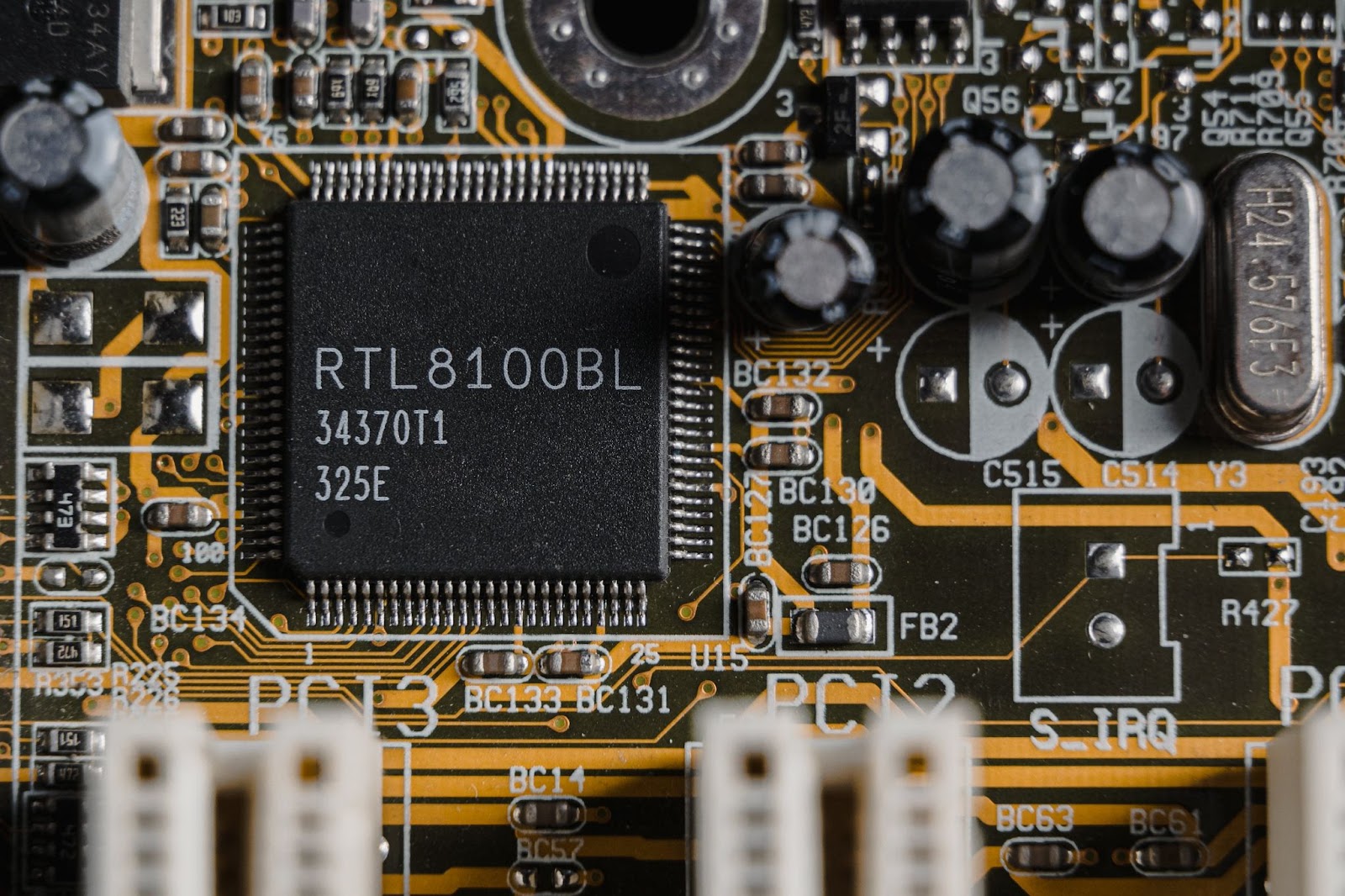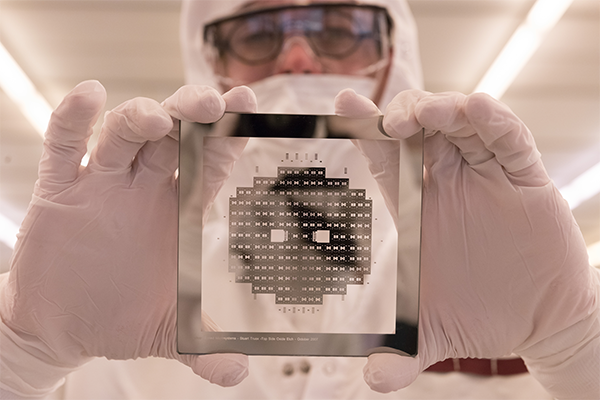The United States Department of Energy (DOE) is funding $42 million toward the Unlocking Lasting Transformative Resiliency Advances (ULTRAFAST) program to improve domestic power grids through semiconductor technologies. This funding, which was announced in November 2023, will be distributed among 15 projects, each designed to enhance the reliability of the domestic electrical grid.
Semiconductors are vital to the modern electric world. The devices control and manage information within various machinery. Using semiconductor technology will help enable better control of the country’s grid power, as well as protect the nation’s critical infrastructure assets.
“Modernizing our nation’s aging power grid is critical to strengthening our national and energy security, and absolutely essential to reaching [the current administration’s] ambitious goal of a net-zero economy by 2050,” said Jennifer M. Granholm, U.S. secretary of energy, said in a statement. “This new investment will support project teams across the country as they develop the innovative technologies we need to strengthen our grid security and bring reliable, clean electricity to more families and businesses — all while combating the climate crisis.”

Photo Courtesy ARPA-E
According to a press release, DOE’s Advanced Research Projects Agency-Energy (ARPA-E) will manage the new funding, with the aim of each project being to advance the country’s decarbonization goals. When complete, they will enable a more secure and sustainable grid that utilizes wind, solar, and other forms of clean energy.
Projects include Great Lakes Crystal Technologies, a Michigan-based facility that will develop a diamond semiconductor transistor, which controls energy grids in a way that allows more variable loads.
The Georgia Institute of Technology in Atlanta will develop a novel semiconductor switching device to improve grid control.
The University of Tennessee will work on a light-triggered semiconductor that protects the power grid. Connecticut’s RTX Research Center will focus on semiconductor switching modules triggered by wireless radio signals. New Mexico’s Sandia National Laboratories will develop solid-state surge arrests, which are also helpful in protecting the security and reliability of the grid.
Other projects include ones that make the grid more resilient against lightning strikes, one that prevents power outages, and others that focus on electrical grid control and ease of switching from energy sources.

Photo Courtesy Tima Miroshnichenko
According to the Semiconductor Industry Association, the U.S. semiconductor industry reached sales of $258 billion in 2021. The new project funding is a part of the federal government’s
Investing in America agenda which will modernize and clean up the country’s power grid by adding clean energy resources coast to coast.
The use of semiconductors will assist with operational efficiency and fewer outages while cutting costs and carbon emissions. DOE financing these crucial projects is another step in the federal government’s push for net-zero carbon emissions by 2050.





